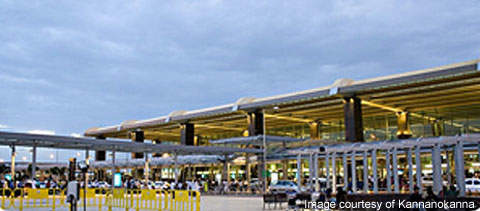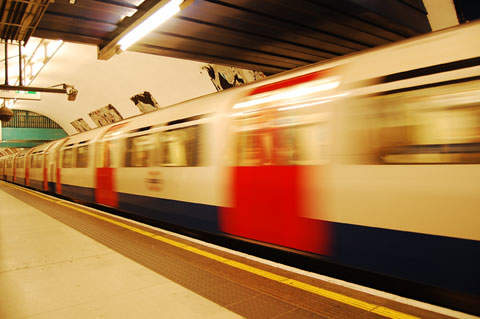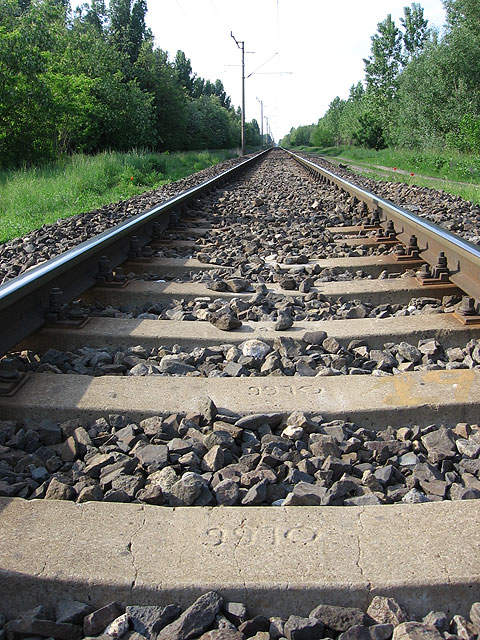The Bangalore high-speed rail link (HSRL) project is being undertaken by the Government of Karnataka to connect the city centre with Bengaluru International Airport (BIA). The $1.2bn project will run along the National Highway 7 (Bangalore-Hyderabad) and cover a distance of 35km from MG Road up to the BIA.
Although the project was proposed in 2006, implementation could not move forward due to disagreements between different expert groups set up to review the project. The construction of the HSRL was considered to be a hurdle for executing future road projects to address the increasing traffic problems in the city. In addition, the huge investment required for the project led to several alternatives being proposed such as extending the metro rail link and the construction of a dedicated expressway project.
Opponents of the HSRL claimed that the project will only benefit those people commuting to the airport. Considering the high costs involved, a mass rail transit system was considered to be more economical and beneficial to the entire city. An independent consultant, Delhi Metro Rail Corporation (DMRC), was brought in to examine the feasibility of the project. In 2007, DMRC prepared a detailed project report favouring the project.
The Government of Karnataka set up an independent entity, Bangalore Airport Rail Link Limited (BARLL), to design and implement the project. Construction work on the project is yet to start. The project was delayed as the holding structure of BARLL had to be changed to be eligible for funding. The state government later transferred authorisation of the project to Bangalore Metro Rail Corporation Limited (BMRCL), a joint venture between the state and union governments.
The high-speed railway is expected to reduce the journey time from the city centre to BIA to 25 minutes. The HSRL is expected to transport 40,000 people to the airport during peak hours.
Bangalore high-speed rail link project
The project was approved by the Indian Government in June 2009. It will require 65.95h of land and will be integrated with the metro rail link and the proposed mono rail project.
The Government of Karnataka and the central government will jointly fund the project. Around $225m will be provided by the centre and the state will spend about $110m towards land acquisition. The remaining funds will be raised by the consortium selected to carry out the project.
Five consortia are bidding for the project, including Reliance Infrastructure and CSR Nanjing Puzhen Rolling Stock; L & T Transco; ITD Cementation Joint Venture; Pioneer Infratech & Siemens Project Ventures, and Lanco Infratech & OHL Concessiones. BARLL is expected to award the contract for the project in the next few months.
HSRL line routes
The route of the HSRL will be start at BRV Grounds (MG Road) and move along Police Thimmaiah Circle, Raj Bhavan Road-Sankey Road, Windsor Manor junction and Mehkri Circle-Hebbal flyover. This part of the railway line will be elevated. The remaining part of the railway line from Hebbal flyover will be laid at ground level along the NH-7 to the BIA.
Bangalore HSRL infrastructure
The HSRL will have four stations along its route. The first station will be at MG Road, the second at the end of the Hebbal flyover and the third station will be at Yelahanka town road junction. All the three stations will be elevated. The last station will be at the BIA terminal.
The BIA terminal station will be underground below the airport lounge, about 100m from the check-in counters.
The MG Road and Hebbal stations will have check-in facilities where passengers can check-in their baggage and collect their boarding passes for the airlines. The Yelahanka station will be a pick-up station where passengers with hand luggage can take the train.
The stations will be integrated to other modes of transportation. Feeder bus routes, approach roads, pedestrian ways and parking lots will be provided as part of the project.
HSRL rolling stock
The HSRL will be serviced by ten trains with six coaches, which will be fully air-conditioned. Half of each coach will accommodate checked-in baggage. Train frequency will initially be ten minutes, which may later be reduced to six to four minutes.
The maximum speed of the trains will be 160km/h and the maximum operating speed will be 145km/h. The trains will have a passenger capacity of 575.






